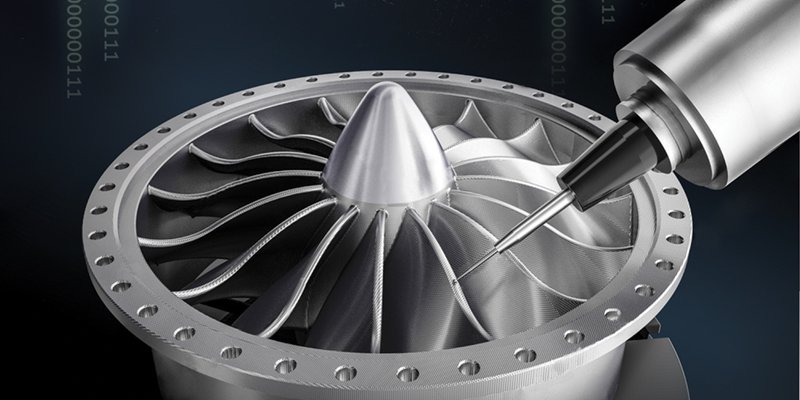In comparison to moving on the ground, flying is more difficult and complex as it involves moving within the atmosphere of the Earth. Regardless of the aircraft type, whether for commercial air travel, defense, or space aviation, one considers the durability and effectiveness of the different aircraft parts.
Producing complex geometries of airplane parts with great precision calls for expertise and aptitude. In other words, producing parts for the aerospace industry does not allow for human errors.
What Is Aerospace CNC Machining?
Aerospace CNC vowin.cn/en/News/news1251.html' target='_blank'>machining involves using computer-aided tools and components to produce and maintain aircraft and space parts. It is a computerized manufacturing method that moves cutting tools using pre-programmed code and software.
Although many industries employ CNC for making parts and products, the aerospace industry is one of the most delicate, with zero margins for error. Also, manufacturers achieve the same outcomes with CNC machines regardless of the quantity produced, whether a single piece or thousands of parts.
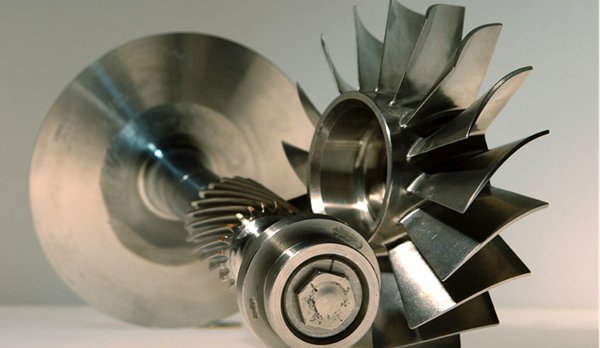
What Materials Are Used In Aerospace Machining?
Aerospace machining is an adaptable process. However, not all metals and plastics are ideal for making aerospace parts. Below are the materials used in aerospace machined parts.
Aluminum and Aluminum Alloys
Aluminum is one of the most widely used metals for machining aerospace parts, primarily due to its high tensile strength and lightweight. Besides, aluminum is very formable, which makes it simple machining for CNC machines.
The most popular aluminum alloy for CNC machining in the aerospace industry is aluminum 7075, whose primary alloying component is zinc. It offers good fatigue strength. The material has been used to produce several wings, fuselage, and support structure components.
The aircraft aluminum alloys 4047 (cladding/filler), 6951 (fins), and 6063 (structural) are also machinable. Therefore, alloys of the 6000-series are typically considered easier to machine than others.
Titanium and Titanium Alloys
Aerospace is the sector that employs titanium alloy the most globally. The metal works well at high temperatures, resists corrosion, and has a good strength-to-weight ratio. The usage of titanium in aerospace manufacturing has become commonplace.
Commercial and military aircraft like the Airbus A380 and Boeing B787 and helicopters like the F-22, F/A-18, and UH-60 Black Hawk all need significant amounts of this material for their different parts. Components for airframes and jet engines made of titanium include discs, blades, shafts, and casings.
It can be more difficult to CNC machine titanium since it is harder than aluminum, often leading to tool wear and heat buildup, which could distort the material. As a result, titanium aerospace machining need to run at a lower machine RPM and with a higher chip load.
Engineering Plastics
Due to their incredibly low weight, excellent impact and vibration resistance, sealing capabilities, and chemical resistance, plastics might be a valuable alternative to metals. Besides, compared to metals, they provide better electrical insulation and are ideal for prototype CNC machining. PEEK, polycarbonate, and Ultem are high-performance polymers used in aerospace machining.
Aerospace engineering plastics can be CNC-machined to create aircraft parts like cabin interiors, tray tables, wear pads, armrests, back-lit instrument panels, valve components, housings, tubing, and insulation.
Not all engineering plastics are ideal for use in aerospace CNC machining, as aircraft polymers must adhere to particular standards for toxicity, smoke, and flame. So it is a crucial factor.
Benefits Of Using CNC Machining For Aerospace Parts
CNC machining is a perfect fit for the fabrication of aircraft parts due to its numerous advantages. Among its advantages are:
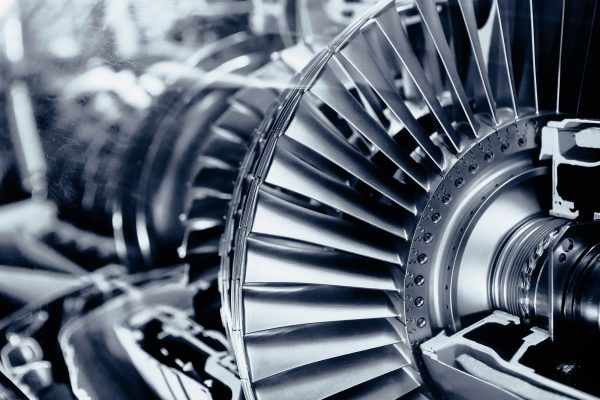
Create Lightweight Components
Weight is a crucial factor in the sections of technology that flies. CNC machining can create structures and components with thin walls from robust yet lightweight materials to meet this need. This makes it ideal for use within the aerospace industry for making parts and components.
Minimal Part Errors
Parts made using traditional/conventional manufacturing methods are prone to failure due to dimensional errors introduced due to the human element involved. However, with precision CNC machining, this is hardly the case as this manufacturing process guarantees aerospace parts comply with strict size, tolerance, and performance standards, ensuring high performance while preventing part failure.
High Accuracy and Precision
Precision is the hallmark of CNC machining, as it creates parts with high accuracy and consistency. CNC machines are accurate to a few micrometers, with a tiny margin for error. Using CNC machining in the aerospace industry guarantees the production of parts that fit aircraft parts accurately, thus preventing general part failure and the consequent loss of property.
Consistency and Efficiency
CNC machining boosts manufacturing efficiency when used in the aerospace industry. This process is automated, increasing production speed and reducing time while ensuring that produced parts are accurate and consistent. With this accuracy and consistency, there is minimal waste, and parts produced seldom need to be reworked due to dimensional inaccuracy.
Machining Processes For CNC Aerospace
The aerospace industry has a high demand for parts with extreme precision, so aerospace precision machining is needed. The reason is that most parts have complex designs and geometries. There are various CNC machine types, but for high precision, the aerospace industry employs two major CNC machine operations.
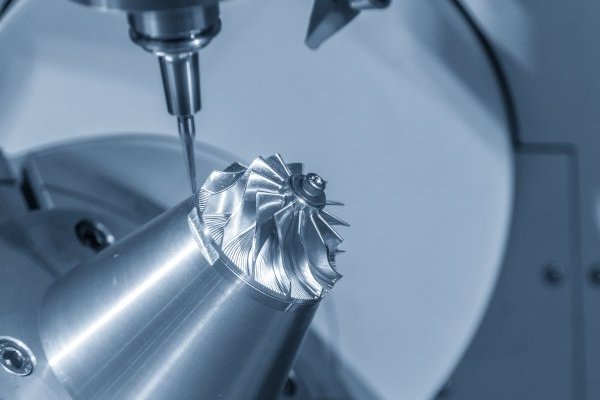
Precision CNC Milling
This is a multi-axis machining process that involves the use of a milling machine to produce parts. The machine used for this production moves along the convention X, Y, and Z linear axes and A and B rotational axes, consequently allowing the creation of intricate shapes and geometries.
While it is possible to use a 3 or 4-axis CNC milling machine when machining aerospace parts, it is better to use 5-axis CNC milling as they can work on up to 5 directions of the workpiece in a single operation. This helps manufacturers reduce errors and lead time. Also, the cutting tools used in 5-axis CNC machines spin at high speeds, ensuring part accuracy and precision.
CNC milling facilitates the precision production of aerospace parts such as landing gear, electrical components, and transmissions.
Precision CNC Turning
This procedure, also known as subtractive machining, involves removing material to generate the desired shape. The precision turning production process holds material bars in a wedge shape and rotates. This process continues until the material attains the desired shape.
CNC precision turning is a detailed and intricate process for creating aerospace parts with cylindrical shapes. It is also important to note that this process is highly precise, as the computer controls the speed and position of the tool and material used.
CNC precision turning produces aerospace parts such as screws, nuts, threads, connector pins, fasteners, and shafts.
Typical Surface Finishes For CNC Aircraft Parts
Although different surface finishes are available for CNC aerospace machined parts, not all are ideal for use on aircraft components. The industry uses four types when it comes to selecting between various surface treatments.
Anodizing
This type of surface finish involves immersing the aerospace part into an electrolyte solution, consequently creating a uniform oxide layer on the part’s surface. There are two types of anodizing used on aerospace parts; type II and type III.
Type II anodizing forms a decorative layer on the surface of the part. This layer is often thin, leaving the surface and aerospace part susceptible to corrosion and abrasion on exposure. On the other hand, the type III anodizing forms a more protective hard coat layer on the part surface.
Anodizing aluminum as a surface finish protects aerospace parts from corrosion and improves their resistance.
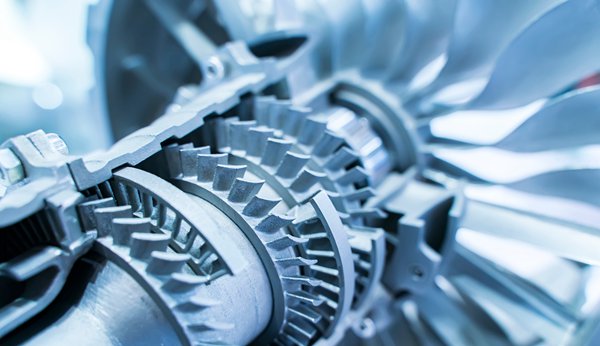
Passivation
Passivation is a frequent post-processing method used in aerospace CNC machining to enhance the functionality and surface quality of products. The part’s surface may contain micro-roughness or surface impurities after the machining process, which could have a negative effect on the part’s performance over time. However, with passivation, these challenges become a non-issue, as the process improves the corrosion resistance of aerospace parts and reduces the need for maintenance.
Polishing
Polishing is one of the surface treatment ideal for use on aerospace parts. It is a straightforward procedure that uses the idea of abrasion to make any surface smooth. The process often begins with the coarsest aerospace part surface and progresses until a smooth, attractive surface finish is left.
Additionally, polishing can increase an aerospace material’s durability. It does this by lowering the chance of chipping or cracking. On the downside, polishing aerospace parts takes a long time and can be expensive.
Powder Coating
The most typical surface finish for metallic aerospace parts is powder coating, and its fame is due to its functional diversity and durability. Powder-coated aerospace parts are resistant to scratches, and fading over time.
Additionally, this surface finish offers a wide range of colors to give aerospace parts manufacturers greater flexibility and improve aesthetics.
Tips To Know When Machining Aerospace Parts
CNC aerospace machining parts is a daunting task. However, here are a few tips to keep in mind during the process or before heading to an aerospace CNC machine shop.
Run a Simulation
Before running actual aerospace part productions, utilize CNC machining simulation software to ensure you get everything perfectly from beginning to end. With simulation software, you can visualize how your aerospace parts work before committing to production.
Use the Right Machine and Cutting Tools
There are several CNC machines and cutting tools, but not all are ideal for machining aerospace parts. This is why getting the right tools and machines for the job is best. It is often best to utilize huge, high-speed mills created expressly for this task to increase the scale of your equipment.
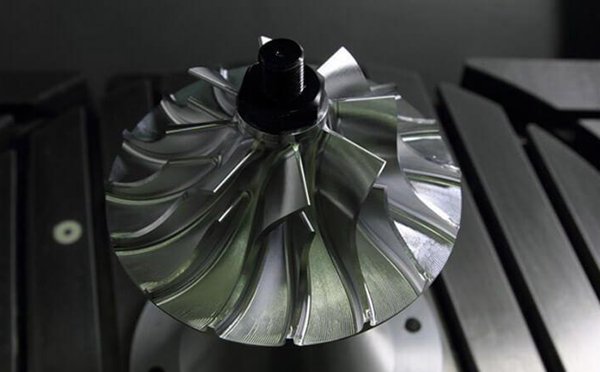
Break Up Production into Specialized Parts
Looking at a product as a unit might make it appear daunting, so it is best to split production lines. Depending on the qualities and components of the product, split the production system into specialized parts. As you choose the appropriate equipment for the task at hand, this helps to simplify aerospace part production.
Commit to Proper Design
The design phase is one of the most important steps in product development. Properly designed for machining can save the time needed for workpiece preparation, increasing productivity, efficiency, and dependability.
Applications Of Aerospace CNC Machining
The aerospace sector has many uses for CNC machining, with the following being the most popular ones.
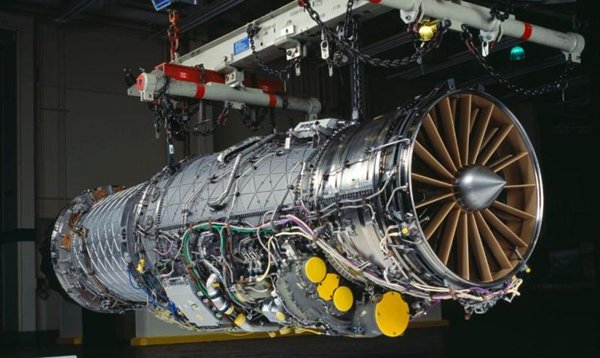
Electrical Connectors: CNC machining aids the production of the aircraft’s electrical system, which are vital components. Producing the aircraft’s electrical system is often dependent on its weight and space constraints.
Valve Components: These tiny components have widespread applications in the aerospace sector, and CNC-machined valves guarantee part accuracy and effective, secure operations.
Oxygen Generation Components: CNC machining aids the production of strong, temperature-resistant, lightweight, oxygen-generating safety systems.
Shafts: In aeronautical applications, shafts play a key role in power transmission. CNC machining enhances the production of strong items made of heat-resistant materials.
Other applications of aerospace CNC machining include cabin parts, wing ribs, fuselage components, actuators, motion controls, engine housings, landing gear components, discs, and filter bodies.
Choose WayKen For Your CNC Machining Aerospace Projects
WayKen has established a well-deserved reputation for quality, dependability, cost-effective and timely delivery in the CNC machining industry. To meet your expectations for aerospace machining projects, our team of machinists, and engineers will work closely and efficiently through all stages of product development, from prototype to production.
We recognize that every project and its application is different, so we provide unique but practical solutions for every client, including precision machining services and custom surface finishing. So why wait? Contact us today, and let’s get started on creating your high-quality aerospace machined part.
FAQ
Are there any special surface finish requirements for CNC Machining aerospace components?
Yes, up to a certain point, CNC machining can achieve incredibly tight tolerances, enabling various surface qualities frequently required for aerospace applications.
Is precision important when CNC machining aerospace parts?
An essential aspect of producing aerospace parts is precision machining. This industry has very high production standards and stricter safety regulations for CNC machining aircraft parts.


